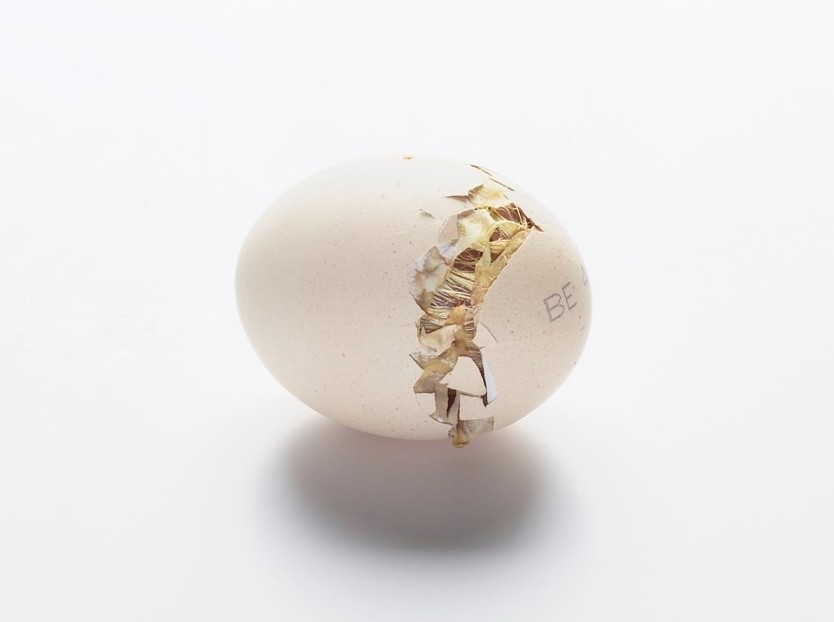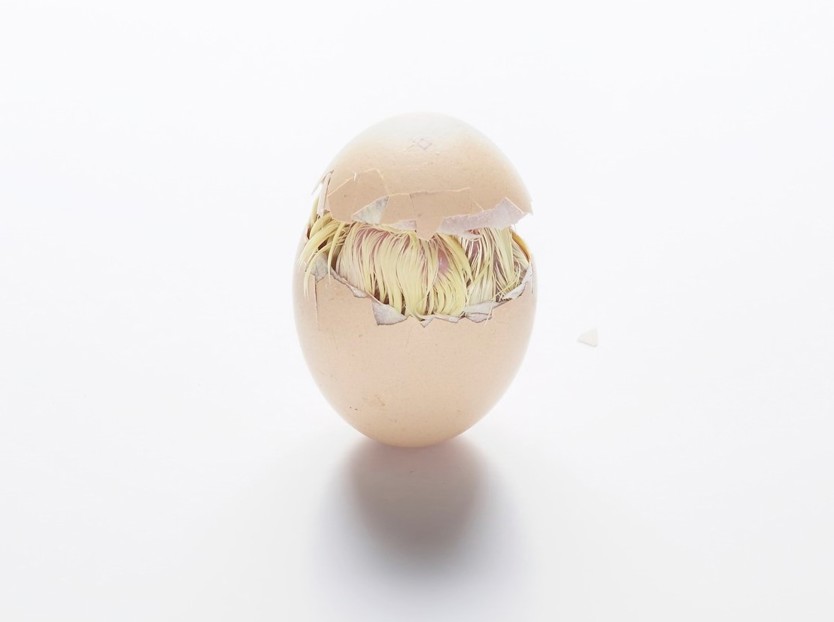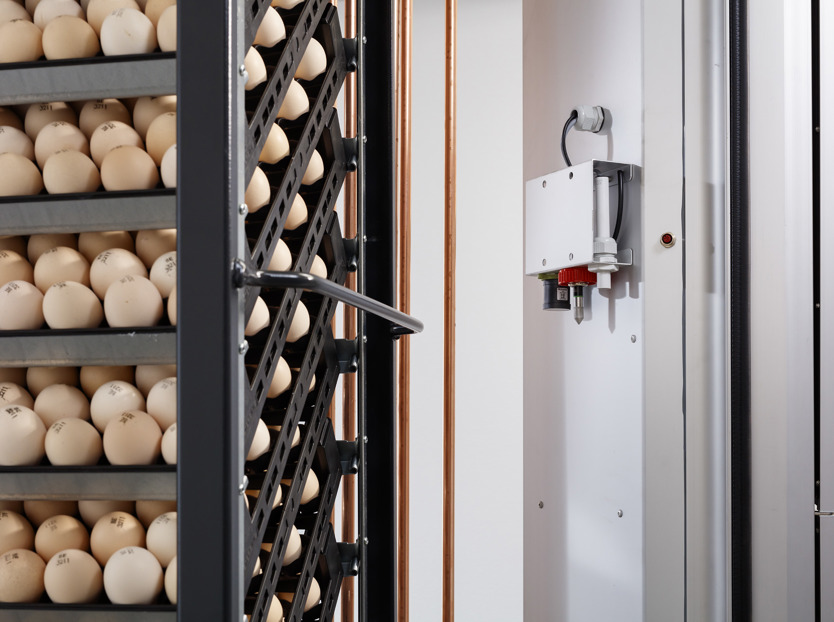There is no question that the most critical element involved in the successful incubation of the avian egg is temperature. However, CO2 is another key factor not to be overlooked. CO2 is important in achieving optimum, uniform chick quality and post-hatch performance, and in contributing to excellent animal welfare.
Nature as a reference
To understand the important role of CO2 in commercial incubation, we must first look at the situation in nature. What is happening in the chicken’s nest? Of course, the levels of CO2 utilized in the commercial incubator are not those seen in the nest environment, nor should they be. Here is why:
In the nest, a small number of eggs are laid in a still air environment. Once the clutch is complete, the brooding hen will initially constantly sit on the eggs, ensuring good heat transfer through direct contact with the brood patch. By covering the eggs and sealing them off from the environment, the CO2 builds up. She will only break this contact when standing to turn the eggs to ensure, amongst other things, good uniformity. This high level of attentiveness (and therefore high CO2) only reduces once the eggs become exothermic. At this point, the hen will leave the nest and take the opportunity to feed, which makes the CO2 drop, but she remains close to the nest to ensure the eggs are sufficiently cooled. She checks them every so often, if they are beginning to cool too much, she will bring them back together and maybe sit again. Conversely, if they are still too hot, then she moves them towards the outer edge and exposes them to more fresh air.
Only during the critical hatching phase will the hen’s attentiveness and the CO2 level become heightened again. Clearly the rate of diffusion of gases and fluids will vary depending on whether the hen is effectively smothering the eggs or leaving them in the open air.

Technology as replicator of nature
It is our objective to replicate this nest experience in the commercial incubator. The challenge here is to achieve a good uniform temperature on a much larger scale. This is done through a temperature-controlled constant airflow in and around the eggs.
To mimic the attentiveness of the mother hen, we cannot physically replicate the smothering effect on a large scale in an incubator. This is near to impossible for practical reasons, especially because we want to maintain good temperature uniformity. We will control the rate of diffusion of gases and fluids by controlling the environment around the eggs. Higher levels of CO2 in the external environment will result in less flow from the egg through its eggshell, as if the hen was sitting on the nest. Much lower levels of CO2 during the exothermic phase replicate the lowering of the parental attentiveness. By using these environmental conditions, we can replicate the experience of the attentiveness of the hen during the hatching process. This way, the embryo has the same experience as if it were in a clutch of eggs in a hen’s nest.
The broody hen has several ways of ensuring eggs laid days apart emerge from the shell within a relatively narrow timeframe. Some of these methods we have yet to fully understand (such as vocalization). However, it has been shown that by returning to the heightened levels of attentiveness and sitting on the hatching eggs, the temperature increases and the gas diffusion rate decreases, which stimulates the emerging chicks to escape from the egg. We mimic this in the commercial incubator. One could say it gives the chick ‘stress’. Stress is a word commonly used today and can sound negative because it is often used incorrectly. The word 'stress' in this case refers to elements acting as a stimulus. This is a perfectly natural action that offers the stimulus that the hatching chick would experience in nature.
In summary
Evolution has enabled the survival of so many varied species on this planet. Natural selection has produced creatures that utilize elements to their advantage. Therefore, it is important to look to nature and firstly note what the broody hen is doing. It is just as important to try and understand what she is trying to achieve. From this, we can replicate the optimum conditions and effectively be the perfect parent.
That is exactly what Petersime’s Embryo-Response Incubation™ technology does: By mimicking the natural incubation process as closely as possible, it optimizes hatchability, chick quality and post-hatch performance, while also safeguarding bird welfare. Please don’t hesitate to contact us for more information.




